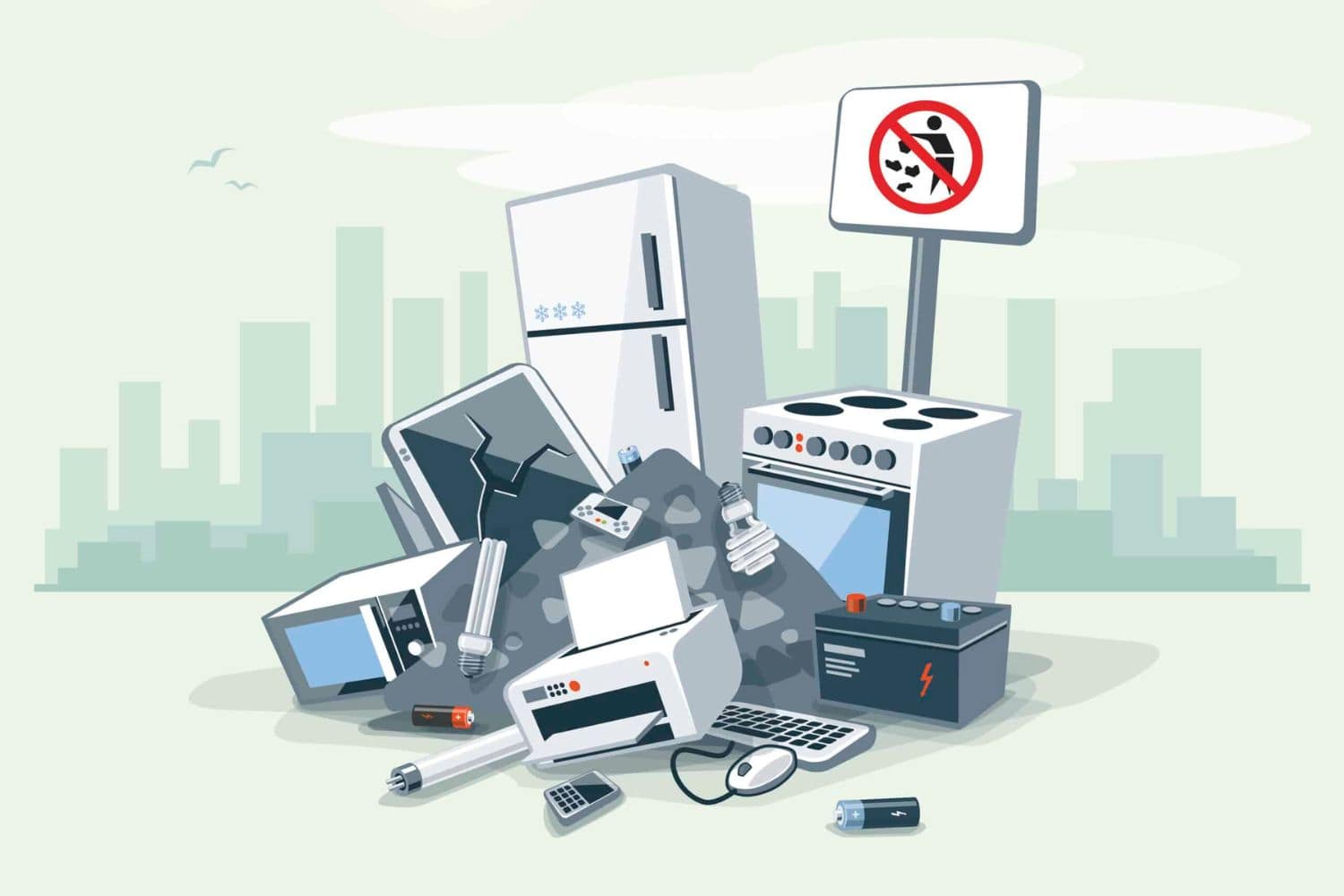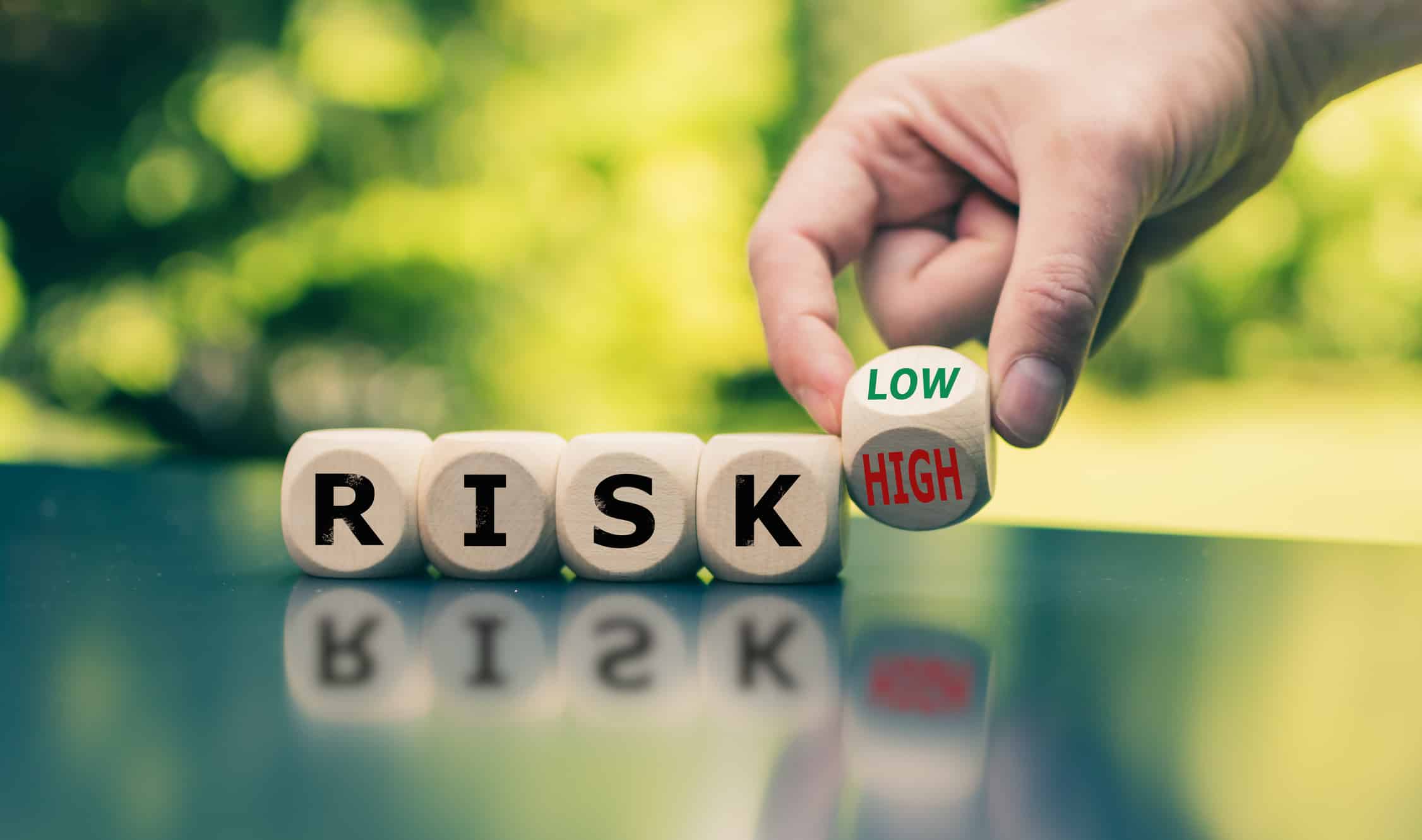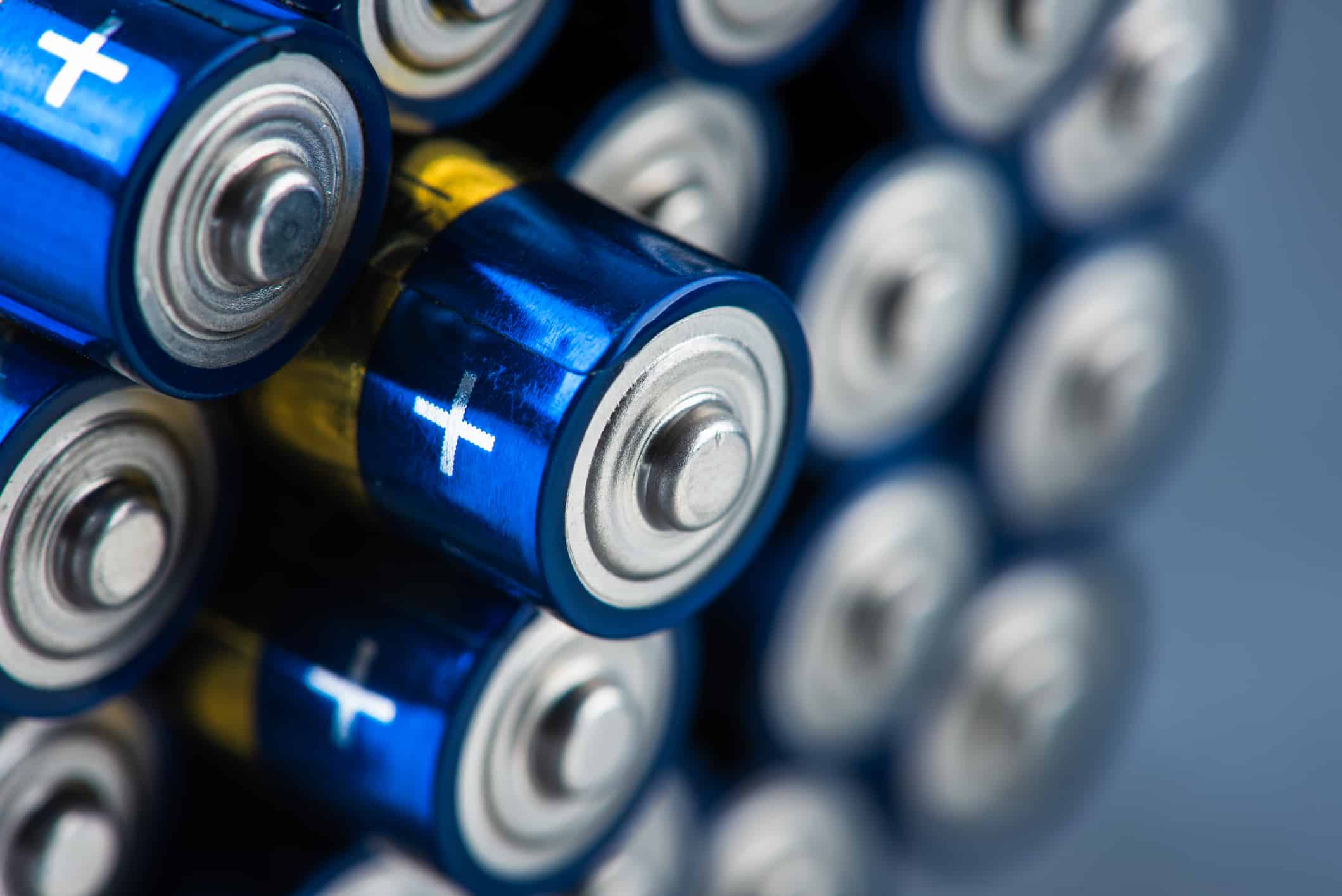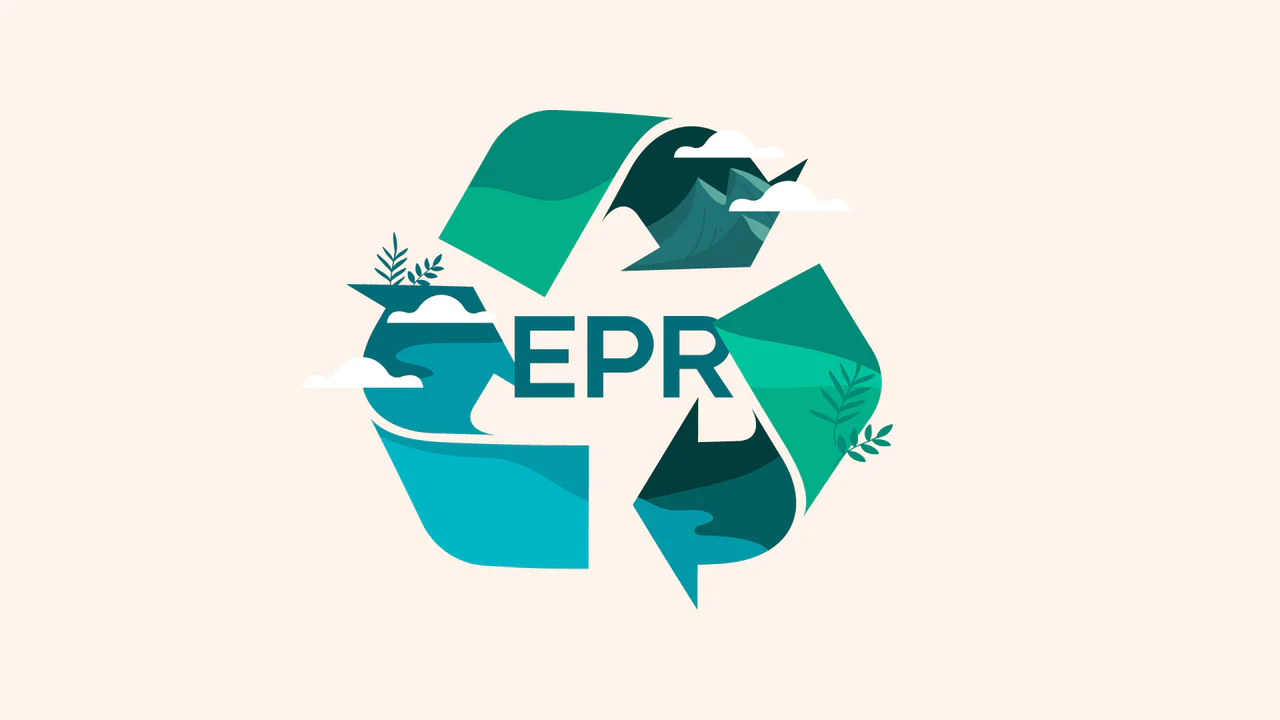Selective collection
When we hear the words ‘selective waste collection’, we certainly all think of the practice – which is now, thankfully, becoming more widespread – of collecting separately and selectively plastic and metal, paper and glass waste. However, selective waste collection cannot stop there: indeed, electronic waste (e-waste) is currently the fastest growing type of waste.
Manufacturers must display the following mark on electronic products and in their instructions for use:
This crossed-out bin symbol warns that electronic equipment should not be placed in the municipal waste bin: e-waste should also be collected separately and selectively.
And the two main reasons are that
- e-waste is considered hazardous waste, and
- certain material fractions can be recycled and therefore can return to the production process as secondary raw materials (and the use of secondary raw materials brings significant savings in raw materials and energy).
Electronic products are special waste from a waste management point of view for the very reason that they contain many materials. These include materials that are valuable from a waste-processing (or we might put it this way: manufacturer’s) point of view and can easily be recycled back into the production processes, such as iron or precious metals. But there are also some that are worthless and even hazardous: some heavy metals (such as mercury, cadmium, lead), as well as various types of plastic that constitute an increasing proportion of products. Therefore, e-waste can pollute the environment in the course of inappropriate waste treatment practices. Indeed, if they are disposed of in municipal waste or in the nature – in forests, ditches, etc. – the hazardous substances contained in them, which are in a bound state, can cause damage to the environment (soil, air) if they are released into the rainwater, mixed with other substances or burned.
Therefore, these equipments require special collection and treatment – dismantling and recovery or disposal. For example, old refrigerators still containing Freon and equipment with picture tubes: TV or computer monitors containing lead are particularly dangerous.
What to do when you no longer need your old electrical appliance?
Dealer take-back
If we buy a new appliance, the dealer is obliged to take back, free of charge, the old appliance offered by the customer for the same use as the new appliance. What’s more, all this is free of charge, so no money can be claimed for the take-back. Even if the customer asks the dealer to take the old machine away from him when the new machine is delivered. In this case too, the shop must provide free of charge for the removal of the old refrigerator, washing machine and other large appliances from the customer’s home.
Dealers are obliged to take back smaller appliances even if we do not buy a new one (shops with a floor area of more than 400m2 are obliged to take back electrical devices no larger than 25cm in diameter).
Used fluorescent tubes, light bulbs, batteries and accumulators can be dropped off at most specialized electronics stores, supermarkets and hypermarkets.
IMPORTANT! If you buy your appliance online from an online shop, the dealer is still obliged to take back the old appliance from you, even if he delivers the new one to your home! Often, you need to indicate in the ordering interface if you want your old machine to be shipped free of charge, so that the dealer can prepare an adequate delivery capacity. So this is something to look out for when shopping online!
The voucher
Since 1 January 2015, the dealer (or manufacturer) (from whom the appliance is purchased) shall provide the natural person customer with a voucher for a fixed amount if the customer offers the old appliance to the dealer for take-back and buys a new product.
A purchase voucher is “a receipt or invoice that is issued in printed or electronic form, which entitles the beneficiary in case of purchase of new electrical or electronic equipment to a discount from the price of the new product in the amount specified in this Decree” (the referred Decree is Government Decree No. 197/2014 (VIII.1.).
Conditions for issuing and benefiting from a purchase voucher:
- the discount which may be granted on the basis of the amount indicated in the voucher may not exceed 10% of the purchase price of the new electrical or electronic equipment, unless the dealer intends to grant the customer more discounts or rebates;
- one purchase voucher may only be used for the purchase of one new electrical or electronic equipment, unless the dealer accepts more than one voucher for the purchase of the same new electrical or electronic equipment at the same time;
- the purchase voucher may only be used for the purchase of new electrical or electronic equipment on the date and at the place of delivery of the used electrical or electronic equipment, except where the manufacturer intends to ensure that the voucher is accepted not only on the date and at the place of delivery.
The value of the purchase voucher varies between HUF 50 and 700, depending on the type of device. The mandatory value of the voucher for large household appliances (e.g. refrigerators, freezers, washing machines, dishwashers, cookers) is HUF 500-700, for vacuum cleaners and irons HUF 100, for televisions HUF 500, and for fluorescent tubes and lamps HUF 50 per appliance (the full list can be found in Annex 1 of Government Decree No. 197/2014. (VIII.1).
Waste disposal yards
As a general rule, e-waste can be dropped off at municipal waste yards. Information on the nearest waste yard can be found on the website of your local public space maintenance company or municipality.
Waste yards will typically take back all types of e-waste, but if you want to drop off a refrigerator or a picture tube equipment (TV or monitor), you should call first to make sure they will receive it. It is also worth informing yourself if you are bringing other or multiple large appliances, as lack of space (fullness of the waste yard) can also be a reason for refusing to accept them.
Warning! The new provision of the Waste Act, which allows you to drop off waste at a waste yard if you can prove that you have paid the public waste management service fee, entered into force on 23 June 2017. Hence, the waste yard may ask for proof of this!
Household junk collection
Unfortunately, many people don’t know that electrical equipment should not be dumped on the street during household junk collection. These hazardous wastes, as we have seen, require professional dismantling.
The household junk collection organization will always provide an opportunity to drop off hazardous waste. The place and date of this can be found in the information leaflet for the public or on the organization’s website.
This page corresponds to the fulfilment of the obligation to provide information provided for in subparagraphs a) – d) and f) of Article 7 of Government Decree No. 197/2014 (VIII.1.) on waste management activities related to electrical and electronic equipment.










